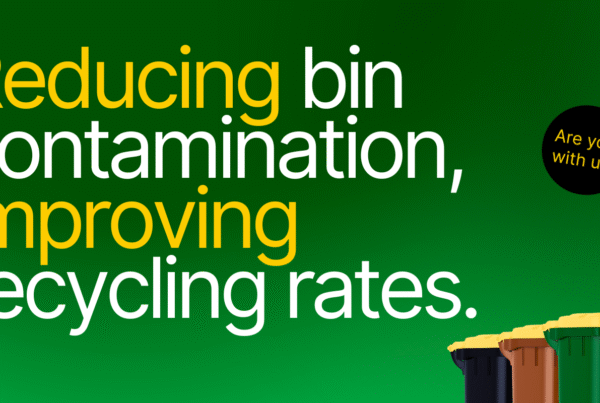Going Zero Waste in the Kitchen: Tips for Zero Waste Food Shopping
Have you ever thought of how much waste you produce when you go grocery shopping? From plastic bags, packaging, and food scraps, it can be overwhelming to see how much trash you accumulate from just a single grocery haul. Fortunately, there are simple steps you can take to reduce waste and make your food shopping experience a bit more sustainable. In this blog post, we’ll share tips on how to go zero waste when shopping for food, making it a fun and stress-free experience.
1. Bring Your Own Bags
The first step to going zero waste when shopping for food is to bring your own bags. Instead of relying on plastic bags that end up littering our landfills and oceans, opt for reusable bags made from sturdy materials. You can use cotton, canvas, or even mesh bags to hold your produce, grains, and other items. They’re lightweight, durable, and can be washed and used over and over again.
2. Shop in Bulk
Another way to reduce waste when shopping for food is to buy in bulk. Buying in bulk eliminates a considerable amount of packaging waste and can save you some money in the long run. Bring your own containers or bags to the store and fill them up with your desired amount of grains, nuts, seeds, and other dry goods. Many stores offer bulk sections where customers can purchase items such as pasta, cereal, flours, beans, and more. By purchasing only what you need, you can reduce waste and eliminate food waste from expired items.
3. Avoid Pre-packaged Foods
Pre-packaged foods are often convenient, but they generate a massive amount of waste. Invest some time to shop for fresh produce and ingredients, so you’re not left with unnecessary packaging. If you are purchasing food in packages, choose items with reusable / recyclable packaging. Check the labels to see if the package is recycable. Additionally, consider making some items from scratch instead of relying on pre-packaged foods
4. Shop Locally
Shopping locally supports your community and reduces waste by decreasing transportation and packaging-related emissions. You will find fresh produce and ingredients from your local farmers market, where an array of local items are available, range from fruits and vegetables to artisanal bread and cheeses. It’s one of the best places to buy fresh produce, know where your food is grown, and have less strain on the environment due to transportation.
5. Compostable and Zero Waste Kitchen
When you committed to zero waste in the kitchen, you want to minimize waste at every opportunity. Composting is a great way to deal with food scraps, peelings, and plant debris that would typically end up in a landfill. It’s a good idea to invest in a compost bin or even use an old container for your kitchen composter. When you’re finished with your food shopping, put everything you can’t use in your compost bin, and know you’re contributing to something that’s actually good for the environment. Check out Nancy Birthwhistle’s book Green and clean – 101 tips for a more eco friendly home.
Conclusion:
In summary, going zero waste when shopping for food is a relatively simple approach to reducing your household waste. By bringing your own bags, shopping in bulk, buying locally, avoiding pre-packaged foods, and composting or reducing food waste, you can make your next shopping experience more sustainable and economical. Follow these tips to make your grocery trip a sustainable and satisfying one. Small steps can make the most significant difference when everyone contributes to a more environmentally friendly world.




